LRVent / LRTee: 3D-Printed Last Resort Pandemic Ventilation
Background
Patients with COVID-19 in serious or critical condition often require assisted breathing via ventilator. As the number of patients in need of ventilators is growing at the time of this writing (exponentially in many densely populated regions), there are not adequate numbers of ventilators to support the high number of patients.
To address this issue, there are two main approaches: either split a single ventilator machine to user for multiple patients, or come up with a rapidly scalable ventilator design hack that can be quickly built to provide emergency ventilation until more sophisticated, professional ventilators can be produced.
LRTee
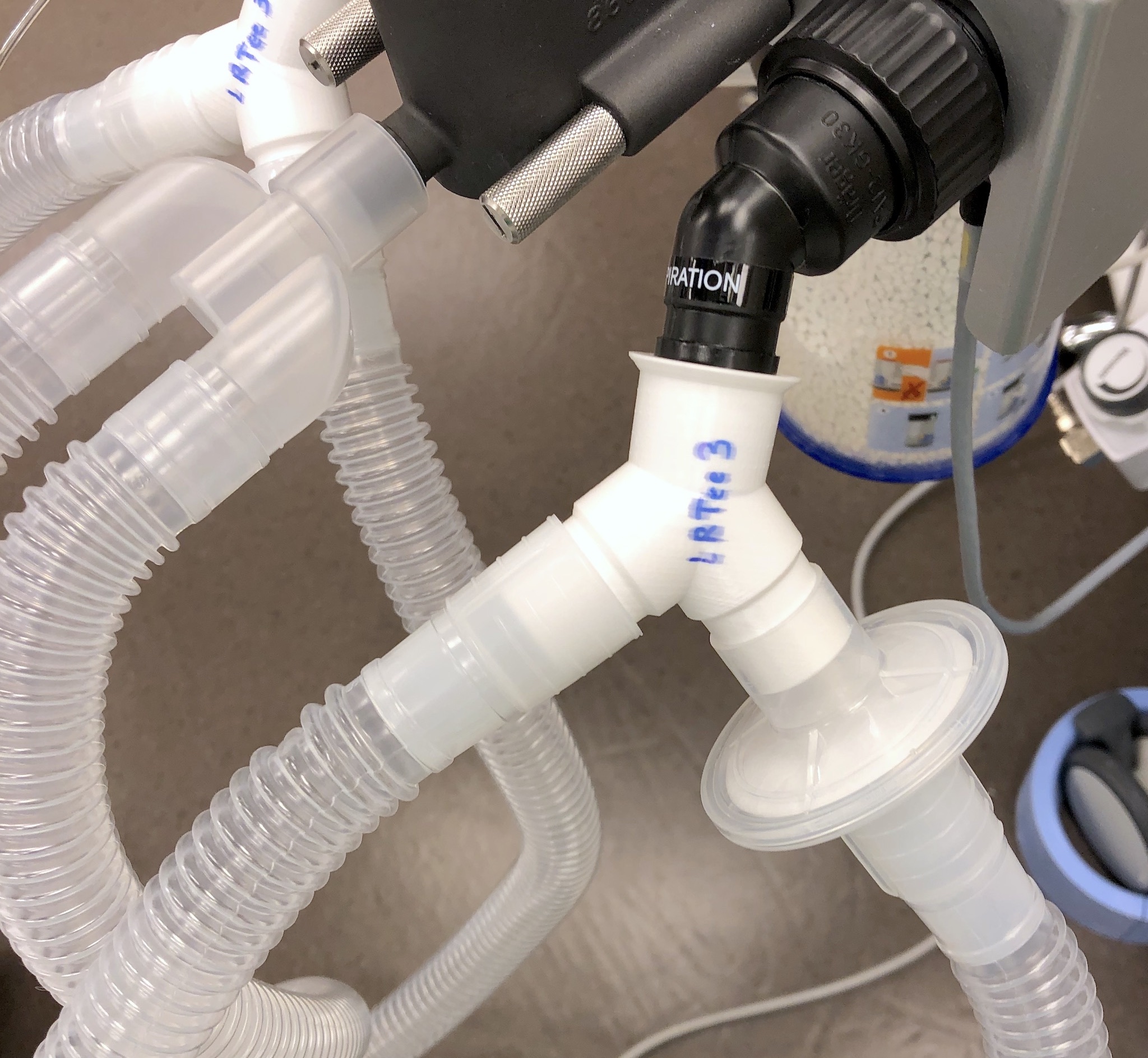
LRTee is a 3D printed ventilator splitter with standard 22mm tubing connectors to be used only in the event of Emergency Use Authorization when there is no more ventilator capacity.
Unlike other splitters, LRTee is designed to print on a standard FFF/FDM 3D printer without the need for supports/rafts and is optimized for creating an air-tight part that can pass a ventilator system's automated leak test without the need for post processing.
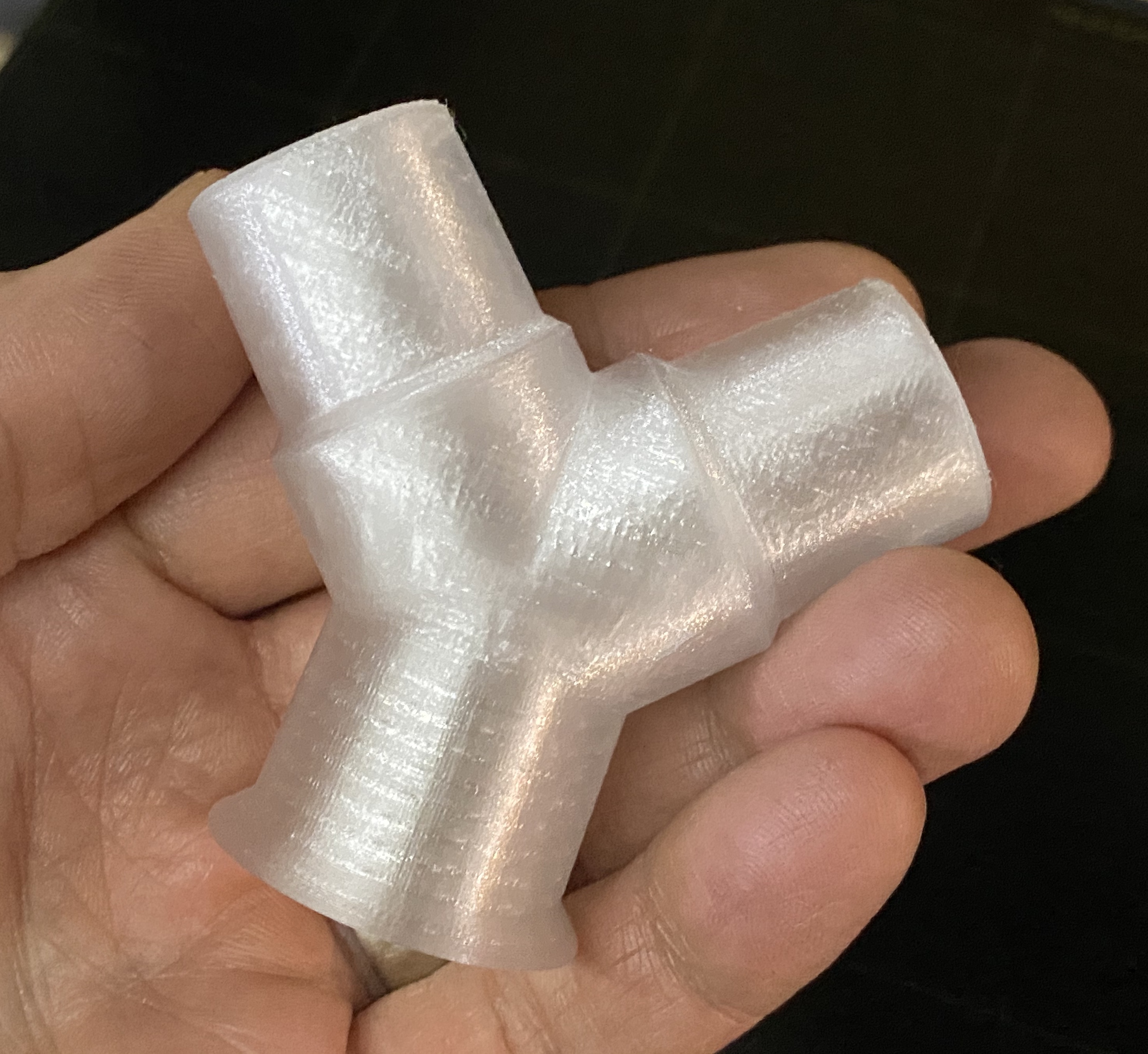
LRTee is released as public domain (Creative Commons Zero v1.0 Universal) for anyone to use, modify, share, print, produce, etc. with no strings attached. All resources are available for LRTee on GitHub.
LRVent
LRVent is a project that aims to provide a very basic, last resort ventilator design that can be built quickly with locally sourced parts (from hardware and automotive stores) and maker-level tools (hand tools and a 3D printer).
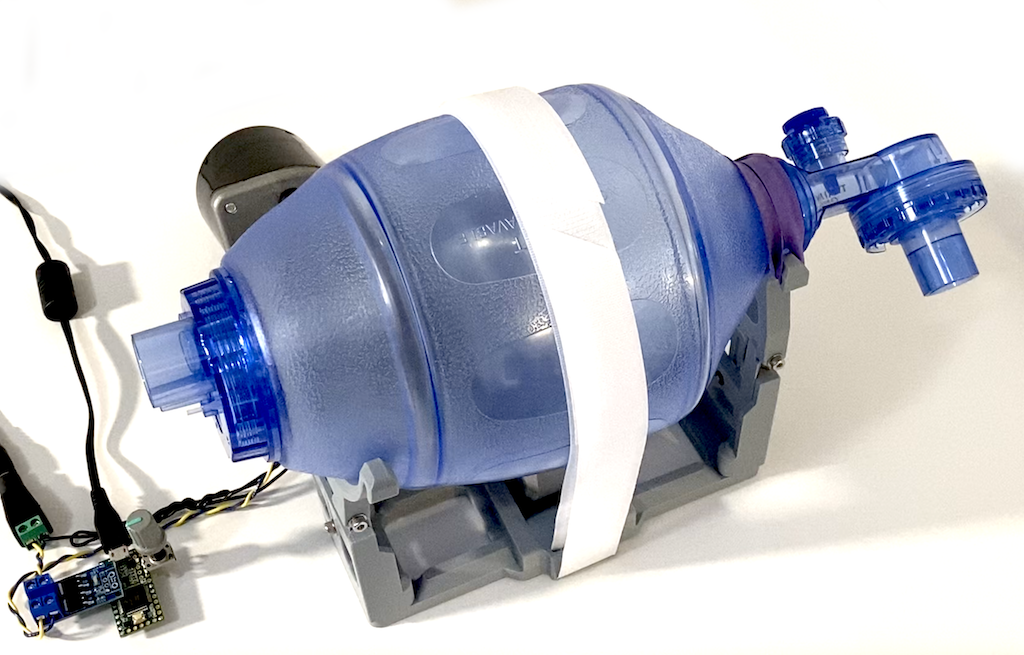
The basic structure of the device is intended to span a large range of parts depending on what can be found locally (various fasteners, motors, and electronics) and can be easily extended to accommodate new components as needed. It is also designed to span a wide range of technical capabilities (from simply plugging in power to a motor, up to Arduino-level software and electronics to add basic controls for breathing rate and inspiratory/expiratory ratio).
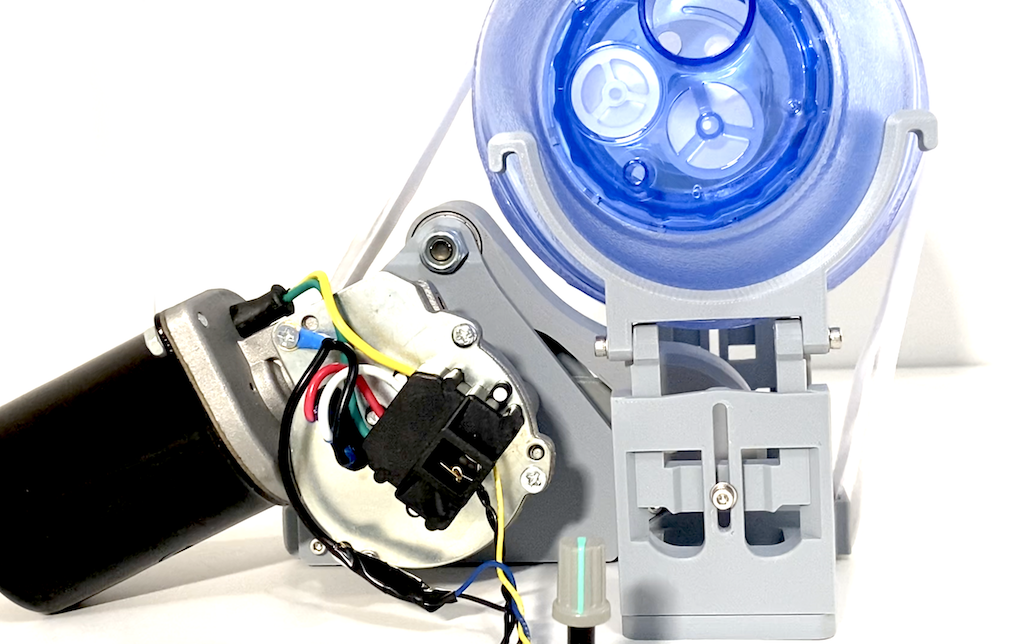
As with any medical device hack, this has been created with the intention of being as safe as possible given the harsh constraints of the current global pandemic and ventilator shortage, but is UNCERTIFIED, HIGHLY EXPERIMENTAL, and UNTESTED ON HUMANS. As such, any potential use scenario would also require legal waivers to use uncertified/untested non-medical devices and significant additional patient monitoring by medical professionals and certified diagnostic equipment to reduce the risk of serious consequences in the event that the device fails to operate as intended by doctors. The core contributors to this project are not medical professionals.
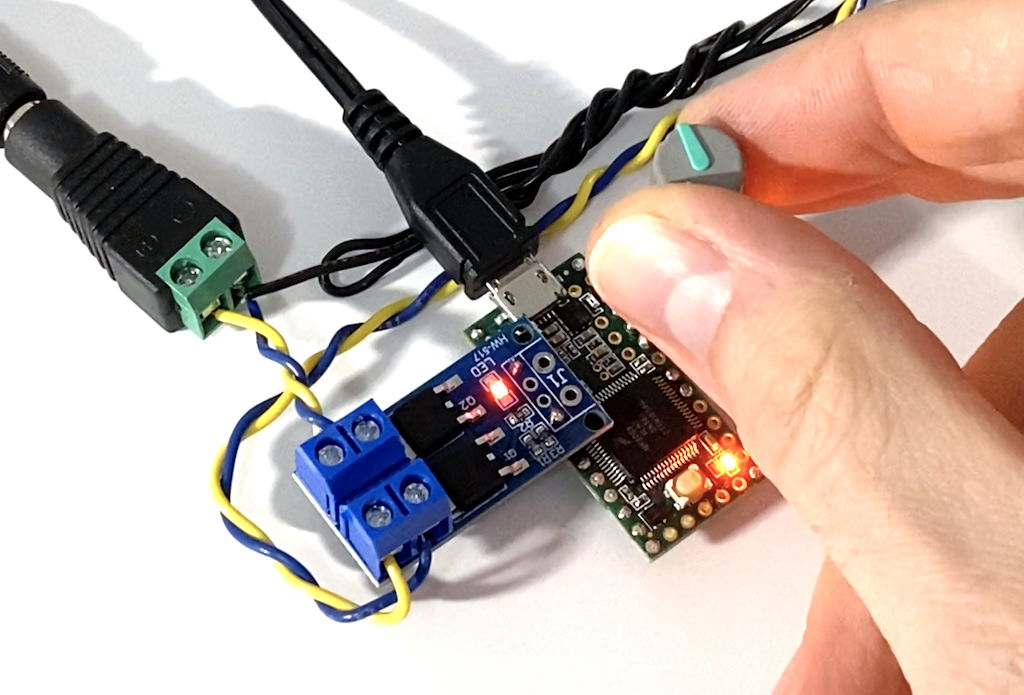
Also note that lungs are very delicate organs, and inappropriate use/testing of any ventilator can cause severe trauma to the lungs. This is intended for medical professionals as a last resort under their professional judgement and supervision in desperate times. Don't test the device on yourself or your friends. Don't even test it on your dog. You have been warned.
LRVent is released as public domain (Creative Commons Zero v1.0 Universal) for anyone to use, modify, share, print, produce, etc. with no strings attached. All resources are available for LRVent on GitHub.
All hacks posted by Makefast Workshop are open source and shared without any strings attached for your amusement, use, and continued experimentation.
Happy hacking!